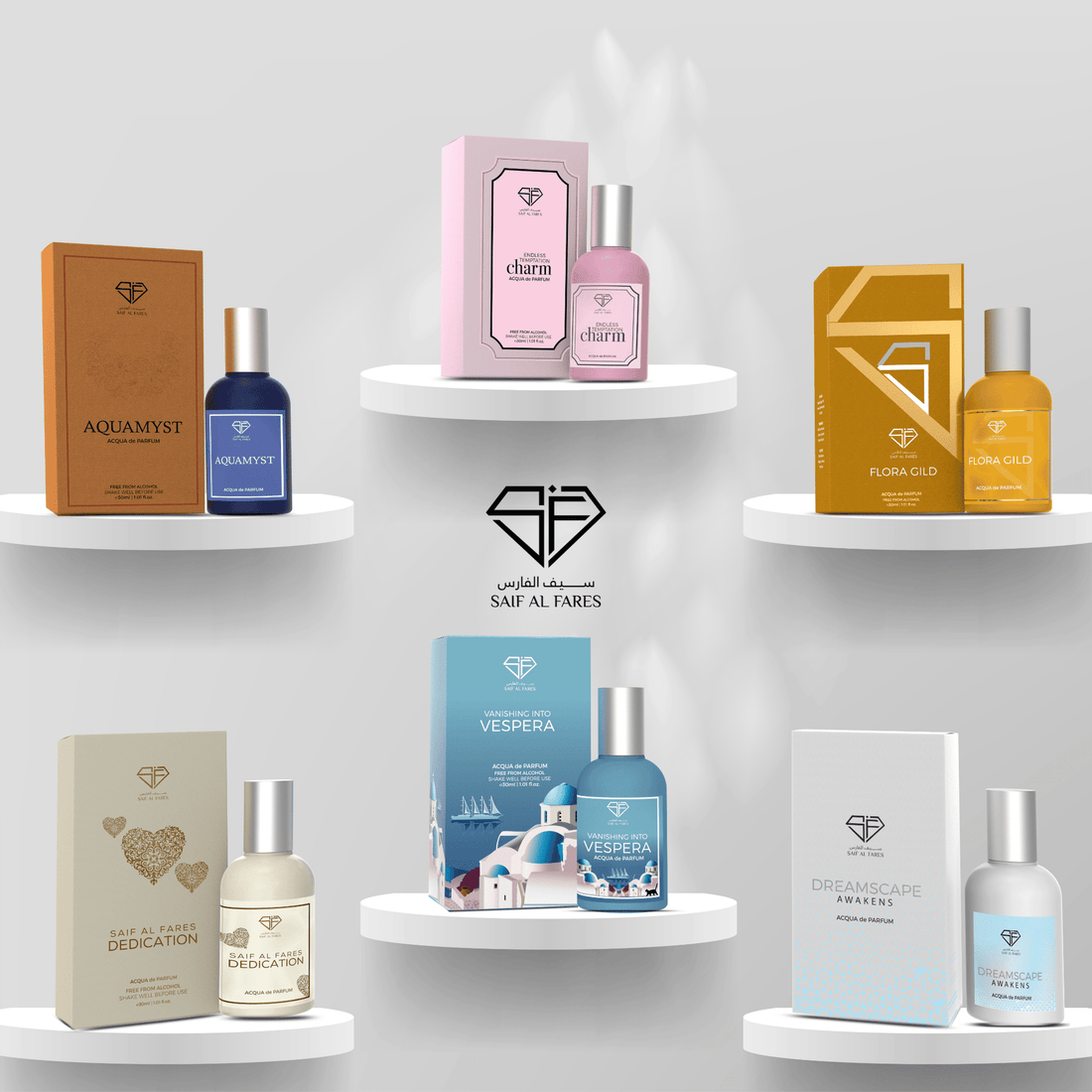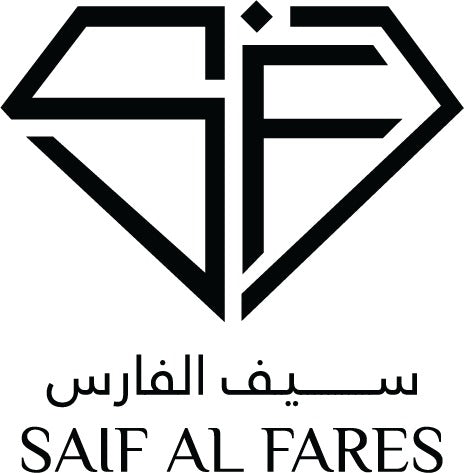
A Guide to Arabic Perfume Traditions & Their Modern Evolution
Share
Arabic perfumery is one of the oldest and most revered traditions in the world, rooted in centuries of cultural heritage, spiritual rituals, and sensory luxury. From the use of oud, musk, and amber, to the ceremonial burning of incense and premium bakhoor, Middle Eastern fragrances have captivated the senses and influenced global perfumery for generations. Today, these timeless practices are evolving with modern sensibilities, blending tradition with innovation to shape a new era of signature perfumes.
1. The Historical Roots of Arabic Perfumery
Arabic perfumery dates back thousands of years to ancient civilizations like Mesopotamia and Egypt, where aromatic resins and oils were used for spiritual, medicinal, and beautification purposes. Perfume was more than a luxury—it was a part of daily life and religious rituals.
Traditional Arabian perfumes often feature rich, intense notes such as:
Oud: A prized and sacred resin derived from agarwood.
Musk: Originally sourced from animals, now replaced with ethical or synthetic alternatives.
Amber: A warm, golden blend of labdanum, benzoin, and vanilla.
These ingredients were often layered or used in oil form for a long-lasting, luxurious effect.
2. The Role of Bakhoor and Incense
Premium bakhoor and incense play a central role in Arabic perfume traditions. Bakhoor, a mixture of wood chips soaked in fragrant oils, is burned in homes and clothing to create an inviting atmosphere and a spiritual ambiance. The ritual of burning incense is still prevalent in many households across the Middle East.
This ceremonial use of scent is unique to Arabic culture and emphasizes perfume as a lifestyle and a form of expression.
3. The Rise of Modern Arabic Perfumery
As global tastes evolve, so too has the art of Arabic perfumery. Modern Arabic perfume houses like Saif Al Fares are bridging tradition and innovation by crafting aqua perfumes, sprays, and oils that carry the depth of traditional notes but in lighter, more wearable formats.
Today’s Arabic perfumes:
Blend East and West by incorporating citrus and floral notes with traditional ingredients.
Use alcohol-free formulations for those who prefer gentle, skin-friendly options.
Come in stylish, contemporary packaging without compromising on authenticity.
4. A New Generation of Signature Perfumes
Contemporary Arabic perfumes are redefining what a signature perfume means. Instead of being overpowering, these fragrances are now designed to adapt to everyday wear, while still maintaining their rich roots in personal care and cultural heritage.
Brands like Saif Al Fares create modern interpretations of classic scents, using traditional elements like oud, musk, and amber in innovative blends that suit both men and women.
Conclusion
Arabic perfumery has come a long way—from the spiritual rituals of ancient times to the modern elegance of today’s fragrance offerings. Whether through burning incense, applying premium bakhoor, or spritzing a refined aqua perfume, the tradition lives on in new and exciting ways. By understanding the history and evolution of Arabic fragrances, you can truly appreciate the cultural richness behind every bottle—and perhaps find your next unforgettable signature perfume.




